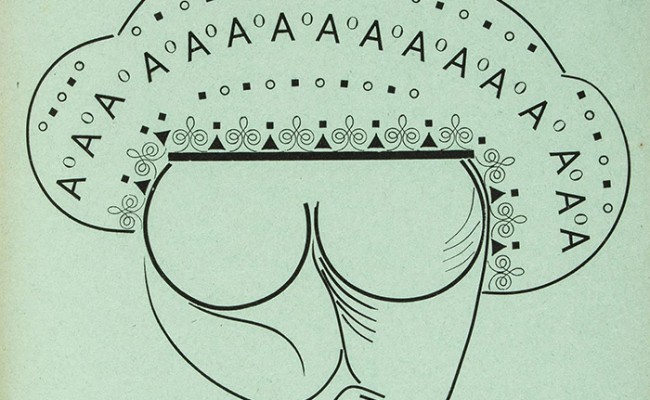A writer has been asked to produce a romantic story for a magazine but, as the deadline approaches, finds himself 3000 words short of the required length. Luckily, he thinks of an expedient. He concludes the story with the following exchange between the two protagonists:
‘I love you.’
‘Oh, darling … say it again one thousand times!’
This old gag by Italian humourist Achille Campanile illustrates an apparent paradox: that we are so often asked to write not for as long as an idea or a story requires to be properly expressed, but to fill a given space, whether measured in words, pages or time. Campanile started his career in the age of the Futurists, who wrote plays such as Francesco Cangiullo’s Detonation (1915), in which a shot rings out across the empty stage, then the curtain falls: the spectators therefore would be left not only to reflect on the puzzling brevity of the performance, but also to find something else to do with the rest of their evening. (It is unclear whether the play was ever staged.)
Detonation underscores the fact that length is an aesthetic measurement: what you can do or say in a very short play is fundamentally different, not just in quantity but also in quality, from a play of more traditional duration. There is literally no entertainment if you don’t actually keep the audience occupied for a substantial amount of time. Conversely, Umberto Eco wrote memorably about the sublime prolixity of Alexandre Dumas, père, who got paid by the word and also based his commercial success on his ability to stretch his imagery to its breaking point.
Essays operate in a similar way. If we go back to the beginnings of the form, we find that Montaigne varied the time he spent on his subjects greatly. The average length of his 107 published essays is a little over 3000 words, but ranges from as little as 300 words (‘Of the Parsimony of the Ancients’) to a whopping 25,000 (‘Of Experience’). And although the essays tended to get longer over time, the overall pace of the three books is remarkably uniform, as if he really only devoted to each subject the attention it required, and length were wholly and exclusively a function of content.
Nowadays, mandated essay lengths balance the needs of publishers (or teachers) to have something substantial enough to publish (or assess), with the needs of writers to know the level of detail and depth of engagement required.
One can praise succinctness, and opine that more words don’t always equal better words. (Karl Kraus: ‘There are writers who can say in as few as twenty pages what it takes me as many as two lines to express.’) But what if you don’t have enough to say? The wikiHow page entitled ‘How to Make an Essay Appear Longer Than It Is’ contains many useful suggestions aimed at the US college student who has trouble completing an assignment, but its wisdom is more widely applicable and would have impressed old man Dumas himself.
Some of the suggestions are obvious enough. (Do not use contractions: just do not.) Others are more elaborate, such as encouraging the student to learn to use a highly formal, imagery-rich prose style, or to summarise the key point of each paragraph in a sentence before moving on to the next one (such signposting is almost a rule for good writing). But much greater heights are scaled by the typographical suggestions for the benefit of students who have to fill a certain number of pages, as opposed to reaching a certain number of words. These aren’t limited to the use of large titles, or remembering to mention the name of the instructor in the title page, or double-spacing the text, or using the maximum allowable font size, or even the biggest font for a given font size (it’s Lucida Sans Typewriter, in case you’re wondering, followed by Arial and Euphemia UCAS). The master trick is to make all full stops and commas a larger size than the rest of the text, which apparently can stretch a document a great deal while being scarcely noticeable.
‘Use bigger commas’ would be a terrific rallying cry for an advanced writing course, but we’re in the realm of the comic paradox again. In reality, the length of an essay usefully dictates its range of possible meanings. If I’m asked by Overland to write an 800-word column, as opposed to a 3000-word essay, it will affect not just my style but also my approach to the topic. In 800 words, I can only touch lightly upon a subject. Raise some questions but not fully articulate the answers. It is a length that is growing on me, as it were. And while it isn’t suited to all topics, it’s also true that not all topics that are suited to an 800-word column scale up well to a longer treatment.
With practice, naturally, you learn to pace yourself. Like an accomplished musician, you settle from the start on the right rhythm, which ensures you will never commit the cardinal sin of running out of words in the middle of a
Read the rest of Overland 223
–



